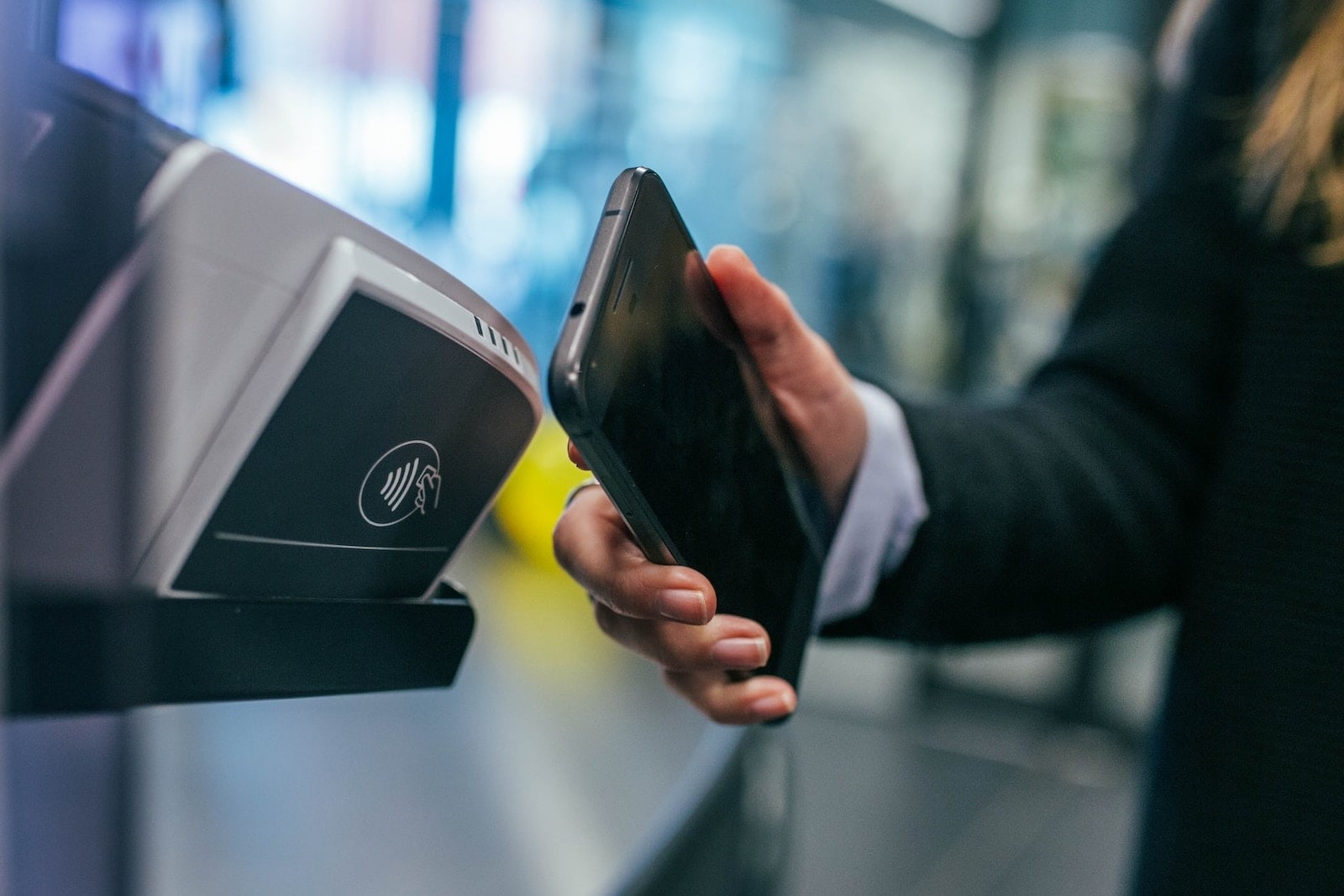The payments space has undergone radical transformation over recent decades, with Open Banking as a pivotal driver of innovation.
In January this year, the Competition and Markets Authority (CMA) announced that the six largest banking providers had implemented all the requirements of the Open Banking Roadmap. It also reported that more than 6.5 million consumers and SMEs in the UK already use Open Banking-enabled products and services.
This demonstrates the rapidly increasing awareness and adoption of Open Banking by both businesses and consumers.
So, what opportunities does Open Banking present for businesses and the customer experience? And where will this lead the future of payments?
Ushering in the next generation of payments
Since its inception, Open Banking has unleashed a wave of innovation in financial technology. The use of secure, standardised Application Programming Interfaces (APIs) has been instrumental in delivering products and services that have revolutionised the payments landscape.
Banks and fintech providers have also partnered to integrate new capabilities rapidly and efficiently through the use of those APIs. This has delivered benefits ranging from safer banking experiences for consumers, to digitalised, cost-effective services for businesses that now rival, and even eclipse, costly traditional payment methods.
In a rapidly changing world where consumers now expect accurate and fast payments, pressures are mounting on businesses to offer consumers financial oversight and control.
The Open Banking ecosystem has, in turn, responded to these evolving demands, with solutions like Payit by NatWest offering both businesses and end consumers new, innovative ways to collect and send payments.
How can Open Banking benefit businesses?
The impact of late payments for businesses is sizeable: as Payit’s research revealed last year, some businesses face up to £20,000 in outstanding payments every month.
Using Open Banking to collect payments can help merchants cut down on payment processing time and help move money more efficiently. It is particularly effective for reducing more manual processes and minimising human error.
We are often told that ‘time is money’, therefore systems that reduce card transaction fees, improve payment completion rates, and drive increased revenue are, ultimately, more beneficial and cost-effective in the long run.
Reducing the risk of fraud
Payments can be collected via a unique payment link or QR code as part of a hassle-free, frictionless process. This mechanism is particularly useful for retailers when requesting payments from customers directly, and for customers requesting peer-to-peer payments.
Open Banking ensures this method is secure, reducing the risk of fraud as payments are made and verified in real-time with biometric authentication, with no need for businesses to store sensitive customer information.

Tim Johnson, head of strategy at Payit and Tyl by NatWest
Additionally, Open Banking solutions have evolved into a fast, secure and convenient way for businesses to send payments to customers without the need to know the payee’s bank account details.
Simply by issuing a link that a recipient can then claim, Open Banking can help replace typically laborious processes, such as issuing cheques for refunds or paying dividends.
Improving control of data
The adoption of Open Banking has been driven by the principle of putting users back in control of their data, transforming the customer experience.
Data sharing has been the catalyst for many of today’s exciting digital innovations. It has, in turn, enabled a system for payments processing that is faster, cheaper and more efficient, opening up opportunities for embedded finance.
The interoperability of data and API technology provides users with real-time connectivity to their accounts and transactions, granting a holistic view of their own financial data. The standardised, embedded encryption also ensures consumers’ data is safe and secure.
As an example, the Confirmation of Payee (CoP) functionality has been designed to help stop fraud and prevent accidentally misdirected payments.
CoP checks whether the name of a payee’s account matches the correct name and account details. Not only does this reduce operational costs, but it also improves the digital journey for customers and the user experience businesses are offering as they strive to maximise conversions.
Tighter financial control and transparency
Whether it is equipping consumers with a transparent view of their financial situation before making a purchase, or helping them to share financial information as a guarantor for rent, providing control and transparency is essential.
Combining real-time tracking with full visibility and control over outbound and incoming payments, Open Banking solutions play a pivotal role in facilitating near instantaneous payments for businesses and end consumers.
Fostering greater trust and flexibility can effectively influence a consumer’s purchase behaviours and how they engage with the payment journey and ecosystem.
Looking ahead
Industry conversations around Open Finance are accelerating. The focus and transformative shift from Open Banking to open ‘everything’ is based on driving customer benefits in an increasingly digital economy.
Regulators are crafting frameworks and data standards in response to this, ensuring that regulations for security and customer protection are both enabled and observed.
There is a new opportunity that exists in today’s digital economy for financial institutions and Open Banking providers to build increased trust among both businesses and end consumers. This can be achieved by offering safe, secure and easy-to-use services which not only optimise efficiency, but more critically, also improve customer propositions.
By businesses offering more tailored products and services, end users will benefit from enhanced data and insights to ensure more informed, fully-consented decision making.
Tim Johnson is head of strategy at Payit and Tyl by NatWest











